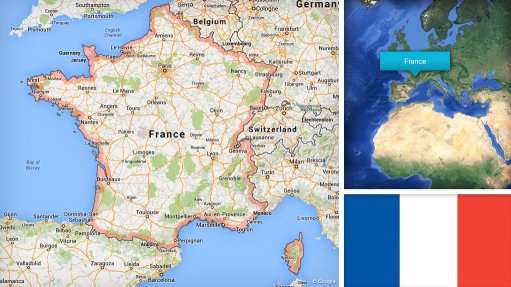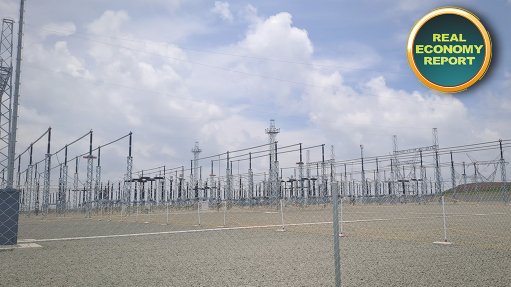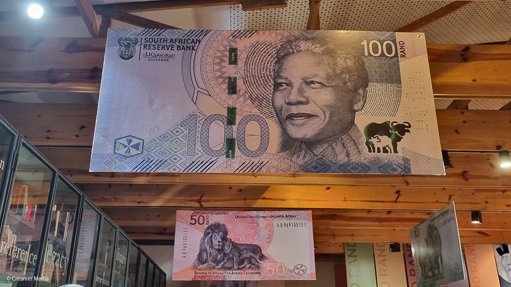Electrical engineering during WW2 – Part 4
This is the last article in this column about electrical engineering during World War II. In point of fact, this article does not discuss electrical engineering, but flying bombs. For those of you who think that World War II was some time back in the period of a fearful blank which existed before personal computers . . . an update.
At the beginning of World War II, no rockets or cruise missiles existed. Naturally, there had been rockets for many centuries but these were solid fuel rockets of the type that work on gunpowder, similar to those let off as fireworks. But there were no rockets (apart from solitary experiments) that operated on liquid fuels. There were no cruise missiles. The Germans had a cruise missile/rocket programme. Their cruise missile was designated V1, known to the British as a ‘flying bomb’ or ‘doodlebug’. The V1 looked very similar to a torpedo with wings. It was driven by an engine which was remarkably clever: the engine consisted of a tube that had shutters at one end and narrowed to an opening at the other end. Kerosene was squirted into the tube and ignited by a spark plug. A pressure wave flowed down the tube and out the opening. The same pressure wave pushed the shutters closed and so the engine developed thrust. The pressure wave at the opening rear reflected back and the shutters opened once more to suck in air, which was then mixed with kerosene.
The first flying bomb, carrying 1 t of explosives, landed in London on June 13, 1944. About 9 000 more were to follow.
Soon after the first bombs landed, the question the British faced was what to do about this. A vital question was: How accurate are the bombs? If they could be aimed with accuracy, the Germans would just pick off target after target, which would severely affect the outcome of the war. On the other hand, if the bombs were just pointed at London and fired off to land randomly, the situation was different. The services of RD Clarke, an actuary of the Prudential Assurance Company, were employed to analyse the bombs landing in South London. He concluded that the bombs landed in a distribution known as the Poisson distribution and were, thus, not aimed but landed randomly.
Having worked this out, the British had to decide what to do about it. It was possible to shoot the bombs down with anti-aircraft fire or by means of modified fighter aircraft, but this did not deal with the problem entirely. Dr RV Jones, of British Air Scientific Intelligence, came up with an idea: he arranged that the bombs that felt short of London were paired with bombs that overshot London. He then arranged for the British newspapers to publish the falling of these bombs but to have the time of landing of the short landing bombs given as the time of the long landing bombs and vice versa. He correctly assumed that the Germans would hear of this information and then either overfuel or underfuel the bombs so that short-landing bombs would fall even shorter and overshoots would overshoot even more.
The next weapons the Germans used against the British were rockets, known as V2 rockets. These flew faster than the speed of sound and, thus, conventional means of defence (anti-aircraft, fighter interception) could not be used. Fortunately, the British overran the launching sites of the V2s.
A number of things about the V2s are not known: the British captured a number of V2s and these were sent to America, along with German scientists who had been involved in the design. At White Sands, in New Mexico, the Americans fired off all the V2s and established a height record of 101 miles in the 1950s. Following these tests, the American set about designing a rocket of their own: the Viking rocket. This rocket was nowhere near as good as the V2: it was unstable, had flight direction problems and one blew up on the launching pad. But, finally, it flew and was the prototype for all American rockets in the 1960s. All from a weapon of war.
Article Enquiry
Email Article
Save Article
Feedback
To advertise email advertising@creamermedia.co.za or click here
Comments
Press Office
Announcements
What's On
Subscribe to improve your user experience...
Option 1 (equivalent of R125 a month):
Receive a weekly copy of Creamer Media's Engineering News & Mining Weekly magazine
(print copy for those in South Africa and e-magazine for those outside of South Africa)
Receive daily email newsletters
Access to full search results
Access archive of magazine back copies
Access to Projects in Progress
Access to ONE Research Report of your choice in PDF format
Option 2 (equivalent of R375 a month):
All benefits from Option 1
PLUS
Access to Creamer Media's Research Channel Africa for ALL Research Reports, in PDF format, on various industrial and mining sectors
including Electricity; Water; Energy Transition; Hydrogen; Roads, Rail and Ports; Coal; Gold; Platinum; Battery Metals; etc.
Already a subscriber?
Forgotten your password?
Receive weekly copy of Creamer Media's Engineering News & Mining Weekly magazine (print copy for those in South Africa and e-magazine for those outside of South Africa)
➕
Recieve daily email newsletters
➕
Access to full search results
➕
Access archive of magazine back copies
➕
Access to Projects in Progress
➕
Access to ONE Research Report of your choice in PDF format
RESEARCH CHANNEL AFRICA
R4500 (equivalent of R375 a month)
SUBSCRIBEAll benefits from Option 1
➕
Access to Creamer Media's Research Channel Africa for ALL Research Reports on various industrial and mining sectors, in PDF format, including on:
Electricity
➕
Water
➕
Energy Transition
➕
Hydrogen
➕
Roads, Rail and Ports
➕
Coal
➕
Gold
➕
Platinum
➕
Battery Metals
➕
etc.
Receive all benefits from Option 1 or Option 2 delivered to numerous people at your company
➕
Multiple User names and Passwords for simultaneous log-ins
➕
Intranet integration access to all in your organisation

















